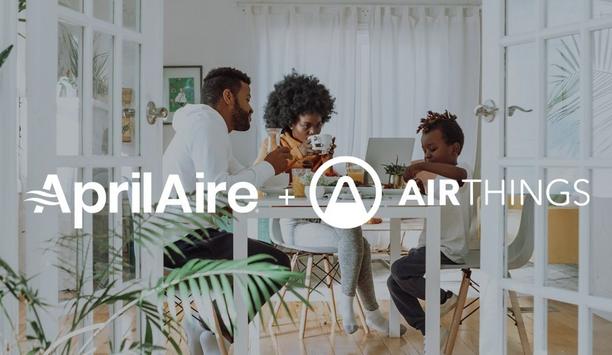It’s been almost two years since the World Health Organization declared COVID-19 a global pandemic. COVID-19, caused by the SARS-CoV-2 or coronavirus, is a severe acute respiratory syndrome. It spreads despite vaccines and other efforts to contain it.
It spreads from person to person through respiratory droplets. This happens when an infected person speaks, coughs, or sneezes. This has many facilities managers asking the question, can HVAC systems spread COVID-19?
High contact surfaces
The virus spreads through aerosol transmission, but also by high contact surfaces. This happens when a person touches a contaminated door handle or countertop then touches the eyes or mouth. Increased cleaning and disinfection lowers the risk, but for those wondering can HVAC systems spread COVID-19? There is evidence to suggest it can.
The virus spreads through aerosol transmission, but also by high contact surfaces
Dr. Rajiv Sahay is the Chief Scientific Officer at Pure Air Control’s EDLab. He sees several factors as affecting the amount of time the virus stays in the air. The most important factors are the size of the droplets and environmental conditions. For example, the stability and viability of the virus are higher on a medium R/H of 40–60 percent in comparison to higher R/H 68-88 percent.
Health care facility
The answer to the question of can HVAC systems spread COVID-19 is yes. Dirty and clogged, or outdated equipment helps the spread of airborne pathogens such as SARS-CoV-2. However, with proper operation, the HVAC system reduces the spread.
Air movements also play a role in spreading droplets throughout a building. An example of this comes from a study funded in part by the University of Oregon. The study focused on a health care facility where patients were being treated for COVID-19. It found SARS-CoV-2 RNA in 25 percent of samples taken from air handlers in ten different locations.
High-Filtered environments
Outside of healthcare facilities, aerosol transmission can occur in inadequately ventilated areas
This study also suggests that the filtration practices in high-filtered environments do not eliminate SARS-CoV-2 RNA. That means that SARS-CoV-2 viral particles pass through HVAC systems and could recirculate back into the air supply. Outside of healthcare facilities, aerosol transmission can occur in inadequately ventilated areas, when an infected person spends long periods with others. Of course, this describes schools, universities, and office buildings.
Toward the goal of minimizing or eliminating the indoor transmission of SARS CoV-2, Dr. Sahay advises, “Owners and building managers should consider evaluating their building systems to check that they are operating in the proper order per design or current operational strategies. They must also adapt to align with HVAC mitigation strategies, and to identify deficiencies needing repair.”
Providing minimum requirements
The World Health Organization provides minimum requirements for ventilation rates in healthcare settings which is 160L/S/patient. The airflow direction should go from a clean to a less clean area. In non-residential settings, the minimum recommended ventilation rate is 10 L/S/person. As well, changing indoor air as often as possible lowers the risk further. In residential settings, the minimum recommended ventilation rate is also 10 L/S/person. In all cases, vented air from HVAC systems must go directly to the outside and away from air intake vents, people, and animals.
Preventing the air transmission of SARS-CoV-2 requires several systems and methods
Preventing the air transmission of SARS-CoV-2 requires several systems and methods. A visual inspection of the HVAC system, as well as samples collected from the AHU, allows EDLab technicians to determine the presence and levels of contaminants. Testing for pathogens as well as gasses such as carbon dioxide, allows them to create a strategy to improve air quality.
IAQ Guard monitoring
The PURE-Steam method uses high-temperature steam to clean the COVID-19 HVAC system while the PURE-Duct method reduces particles in the supply and return ductwork. PURE-Decon uses EPA-registered disinfectants to destroy pathogens bacteria such as HVAC COVID-19.
IAQ Guard monitoring logs temperature and relative humidity levels. It provides real-time data that gives the Building Sciences Team the information needed to address changes in building conditions. In addition, air-cleaning devices with EnviroSmart™ detection technology and in-room HEPA filtration fight the spread of viruses and kill 99 percent of all pathogens. It’s important to understand how the aerosol transmission of the coronavirus impacts IAQ in buildings and what building and facilities managers can do about it.

















